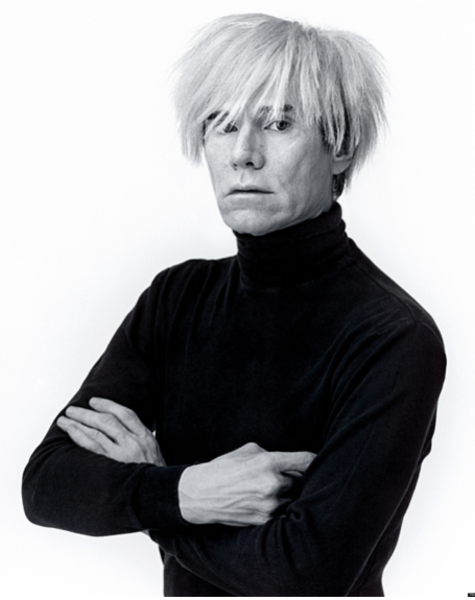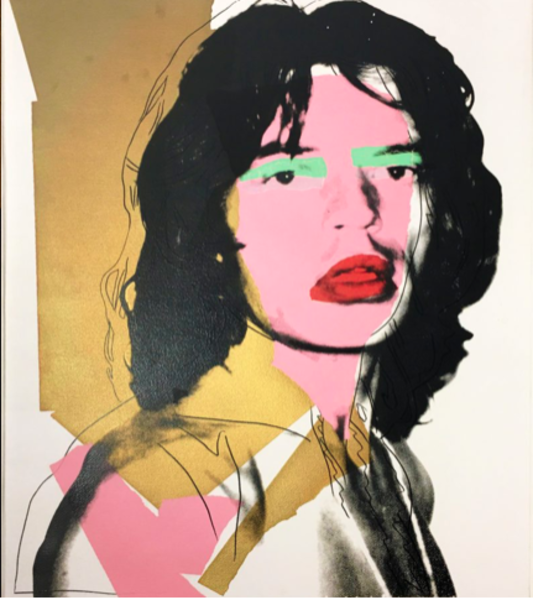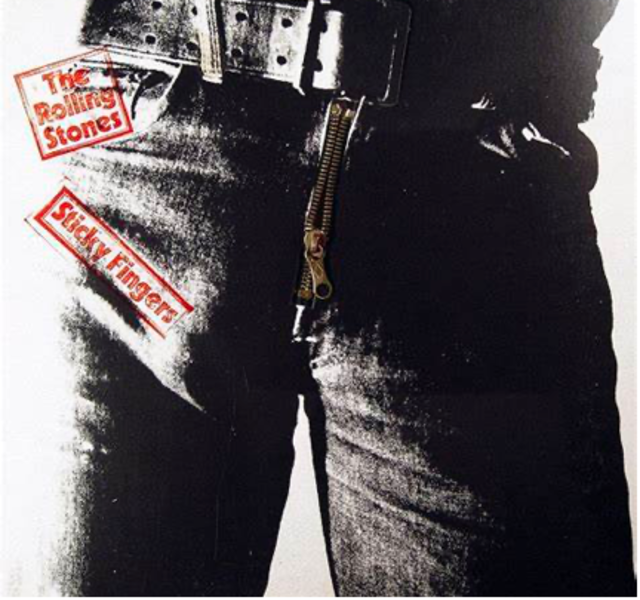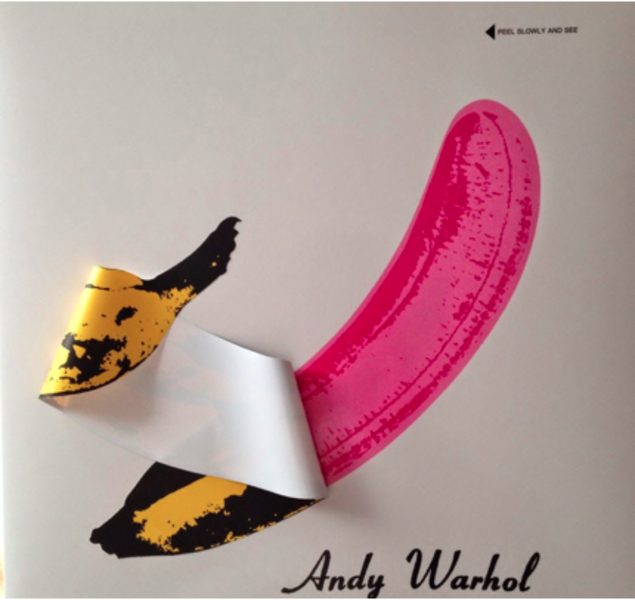Andy Warhol, an iconic figure in pop art, left an indelible mark not only on visual art, but also on music. Known primarily for his colorful works, Warhol also explored the world of music through his art on album covers, portraits of musicians and his innovative studio, The Factory. This less explored facet of his career reveals a deep connection to music culture and its trends.
Initially drawn to the glamour and style of the music lifestyle, Warhol found a new avenue of expression in designing album covers. He collaborated closely with bands and artists, immersing himself in the music scene of the 1960s and 1970s. In addition, his studio, known as The Factory, became an important meeting place for artists, musicians and celebrities, fostering an atmosphere of collaboration and experimentation.
Iconic Covers and Other Works in Music
The Velvet Underground & Nico (1967): Warhol created the famous cover of the banana that can be "peeled", symbolizing experimental art and innovation.
Sticky Fingers by The Rolling Stones (1971): It introduced an actual zipper on the cover, defying conventional expectations and adding a tactile element to the album experience. Each vinyl had a zipper that could be unzipped, revealing underneath the jeans white underpants with The Rolling Stones emblem — thus the famous tongue image was released for the first time. For the cover design, Warhol was nominated for a Grammy Award
Music Portraits: He captured such legendary figures as Mick Jagger, Debbie Harry, and Aretha Franklin, using his silkscreen style to reflect the essence and cultural impact of each artist.
Influence on Music Videos and Film
Warhol pioneered the use of multimedia techniques in his films, anticipating themes and styles that would dominate music videos in later decades. His focus on repetition and the exploration of celebrity through his art has also influenced how artists and filmmakers visualize music and fame.
Impact and Legacy
Warhol's innovations in album cover art and his overall focus on merging visual aesthetics with sonic expression have left a lasting legacy. His influence extends to the present day, inspiring generations of designers and artists who see in every album cover an opportunity for visual art. In addition, his impact on the printing process has allowed for more creative and expressive techniques in the production of album covers.
Andy Warhol proved that art can transcend canvases and become an integral part of music culture. His album covers, portraits of musicians, and the creative environment of The Factory are not just mere music packaging, but pieces of art that continue to inspire and challenge artists and designers around the world. Warhol not only left his mark on album covers, but also through his overall cultural influence and his innovation in mixed media production, enriching the cultural content of music and art.






